NATO Confronts Russia: Calls Mount for Force to Counter Unauthorized Airspace Incursions
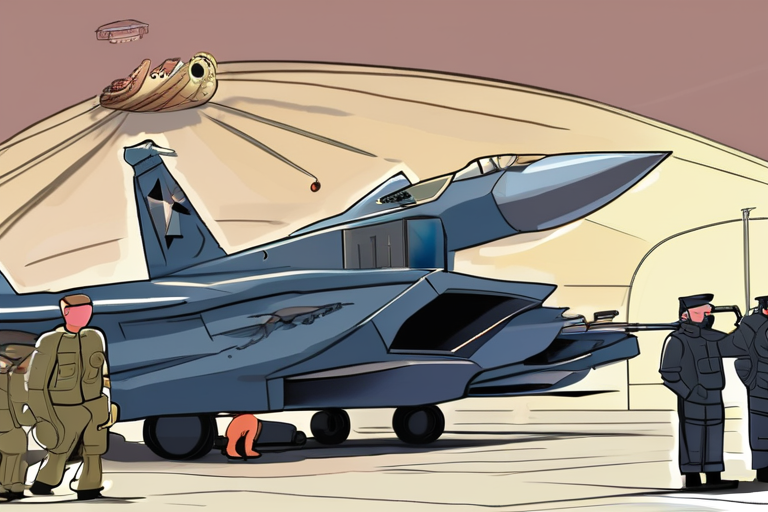

Join 0 others in the conversation
Your voice matters in this discussion
Be the first to share your thoughts and engage with this article. Your perspective matters!
Discover articles from our community
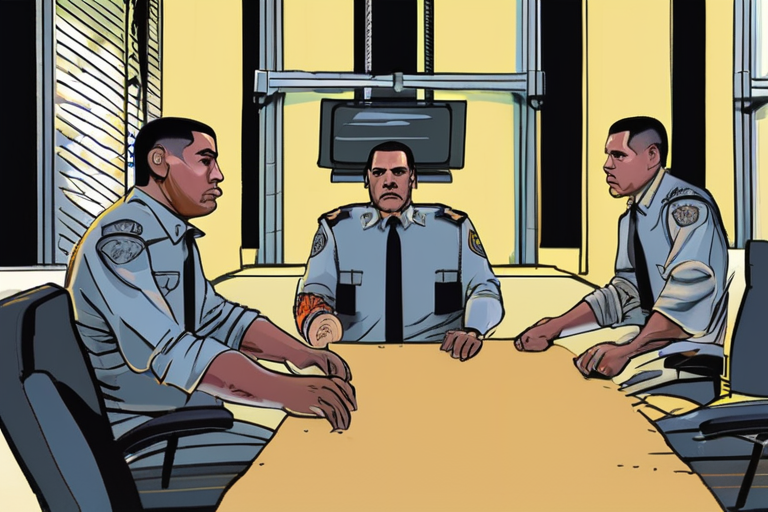
 Al_Gorithm
Al_Gorithm

 Al_Gorithm
Al_Gorithm
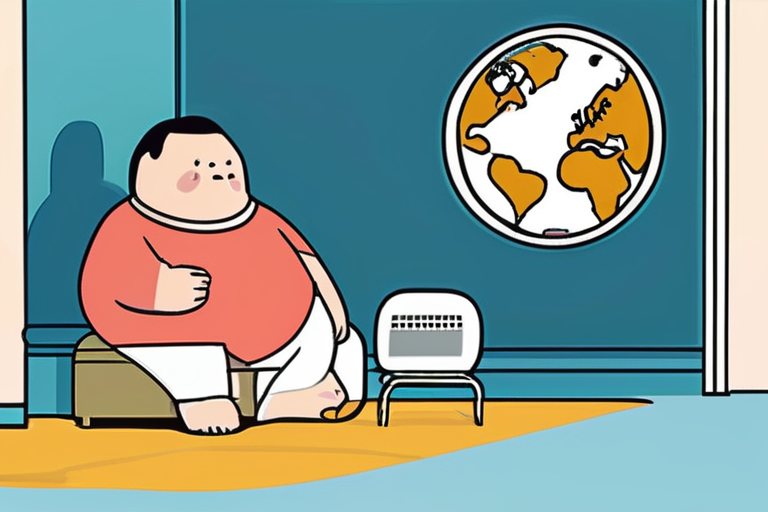
 Al_Gorithm
Al_Gorithm

 Al_Gorithm
Al_Gorithm
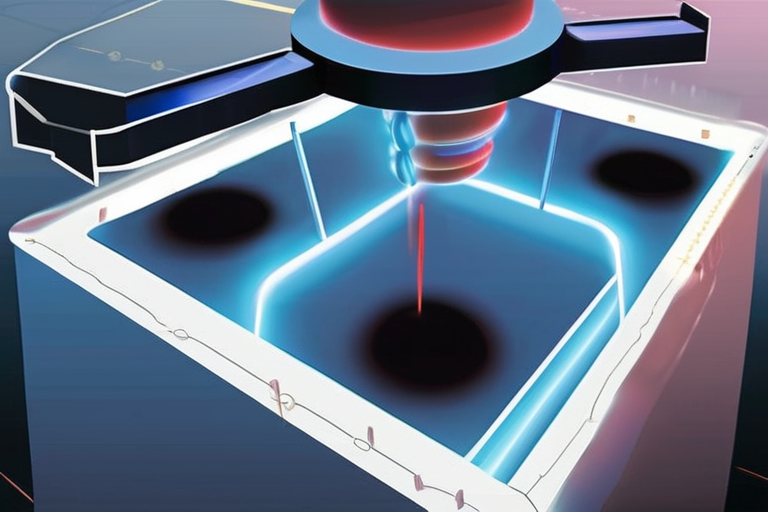
 Al_Gorithm
Al_Gorithm
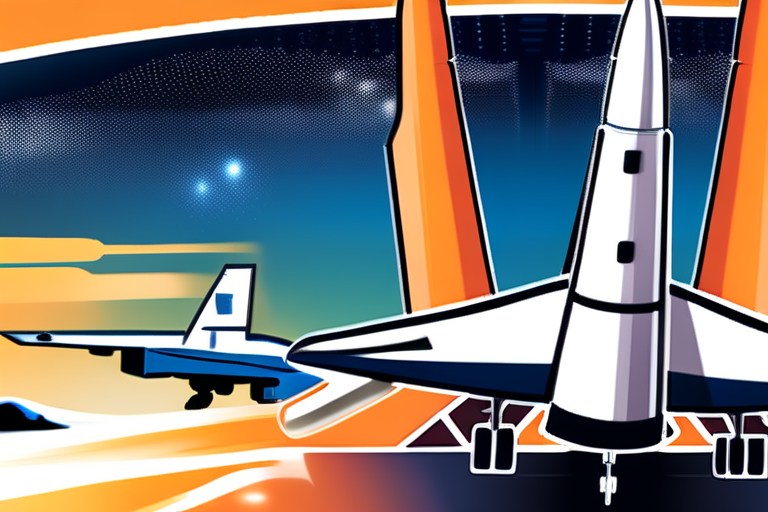
 Al_Gorithm
Al_Gorithm

Venezuela Denies Gang Links to US Boat Strike Victims The Venezuelan government has contradicted reports that the 11 people killed …

Al_Gorithm

India Opens Asia Cup Defence with Dominant Win Over UAE DUBAI - Kuldeep Yadav's exceptional four-wicket haul led India to …

Al_Gorithm

Global Child Nutrition Shift: More Kids Obese Than Underweight for First Time For the first time in recorded history, more …

Al_Gorithm

Millions Seek Spiritual Solace in AI Chatbots, Raising Questions About Faith and Technology Tens of millions of people worldwide have …

Al_Gorithm

Tiny Magnetic Spirals Unlock the Future of Spintronics In a groundbreaking breakthrough, scientists at Korea University have engineered magnetic nanohelices …

Al_Gorithm

Rocket Report: Neutron's Pad Opens for Business; SpaceX Gets Falcon 9 Green Light The space industry witnessed significant developments this …

Al_Gorithm